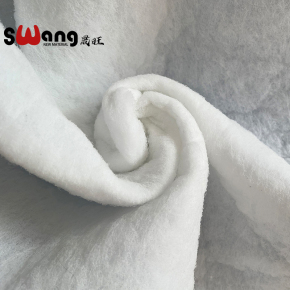What are the new functional fabrics and what are the common categories?
New functional fabrics refer to those that not only possess the characteristics of the fabric itself, but also have functions such as water repellency and static electricity removal. They are generally organized to adapt to certain extraordinary environments, and there are many types of functional fabrics. Below, we will introduce several common functional fabrics.
Water blocking fabric: It is usually made of polytetrafluoroethylene film and laminated fabric. In addition to water blocking, the new type of water blocking fabric can also discharge internal moisture to the outside and evaporate, greatly improving breathability compared to before and greatly reducing the occurrence of mold.
Color changing fabric: This is a fabric that changes color with changes in the external environment (such as heat treatment temperature). When finishing, the color changing material can be applied to the fabric surface. Color changing fabrics are mainly used for clothing such as traffic suits and swimsuits, and some performance clothes also use color changing fabrics.
Fireproof fabric: Fireproof fabric is also a new type of functional fabric, which is made of polyester/pure cotton after being treated with a fireproof agent. The fabric is non-toxic, safe, and washable. Fireproof fabric will be used in protective clothing in metallurgy, chemical engineering, and fire protection fields.
Thermal insulation fabric: As the name suggests, it is a fabric with thermal insulation effect, achieved by converting solar energy into heat.
Anti static fabric: This type of fabric can greatly avoid the generation of static electricity, and the dust in the air is not simply attached to work clothes. It is used in the production of dustproof clothing, carpets, and other fabrics.
Anti radiation fabric: Metal is infiltrated into the fabric through electrolysis to achieve radiation protection. It is commonly used in telecommunications transmission rooms. Another type of radiation resistant fabric draws metal into fine threads and blends it with fabric to produce synthetic fibers, but its radiation resistant effect is not as effective as other types.
Antibacterial and odor resistant fabric: With the upgrading of technology, the antibacterial performance of the fabric has been particularly improved and gradually applied in the field of work clothes and home textiles.
Electromagnetic wave shielding fabric: This type of fabric is mainly used to reduce the impact of electromagnetic waves emitted by devices such as televisions and computers on the human body, but it is not widely used in home and work clothing.




